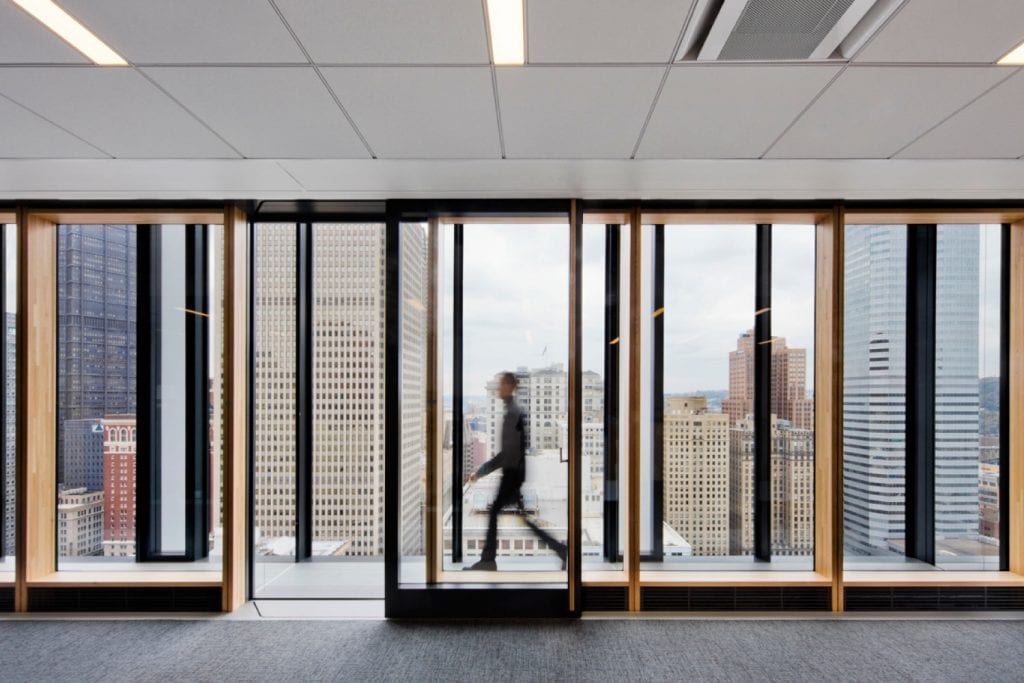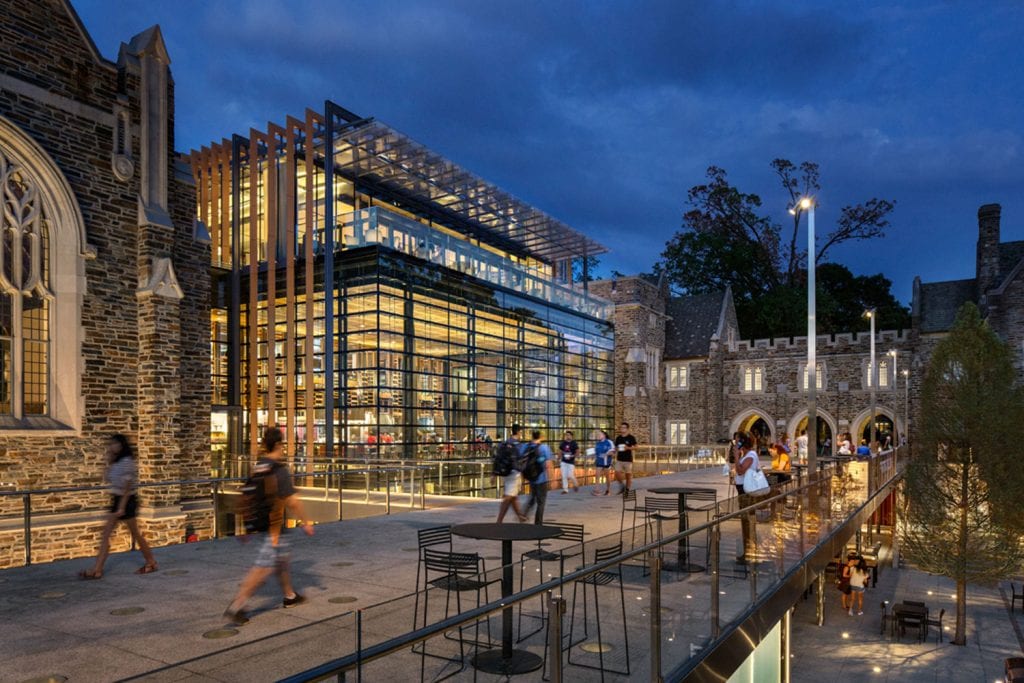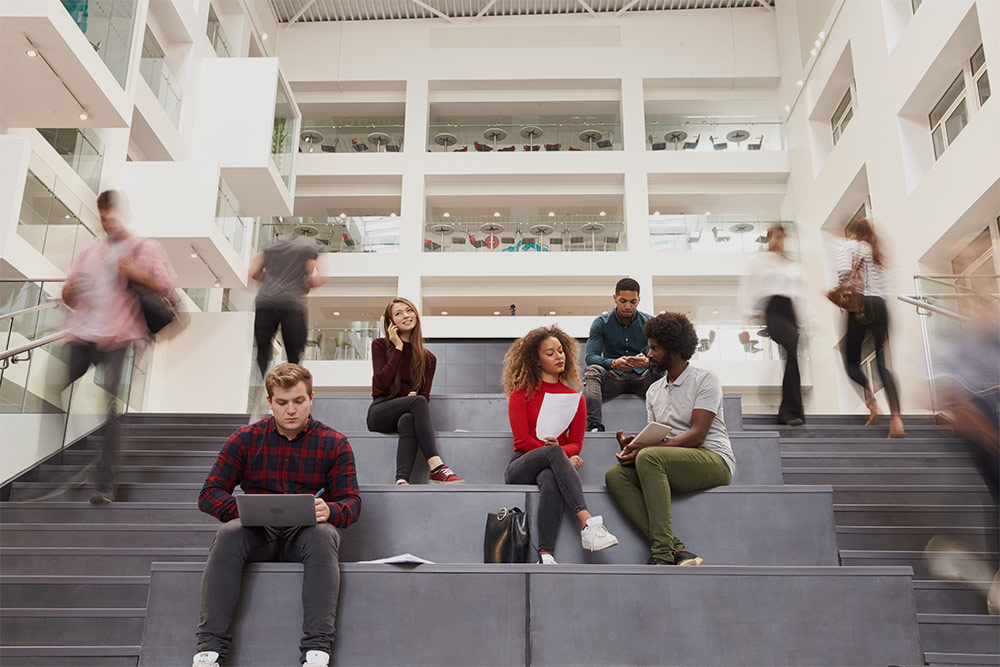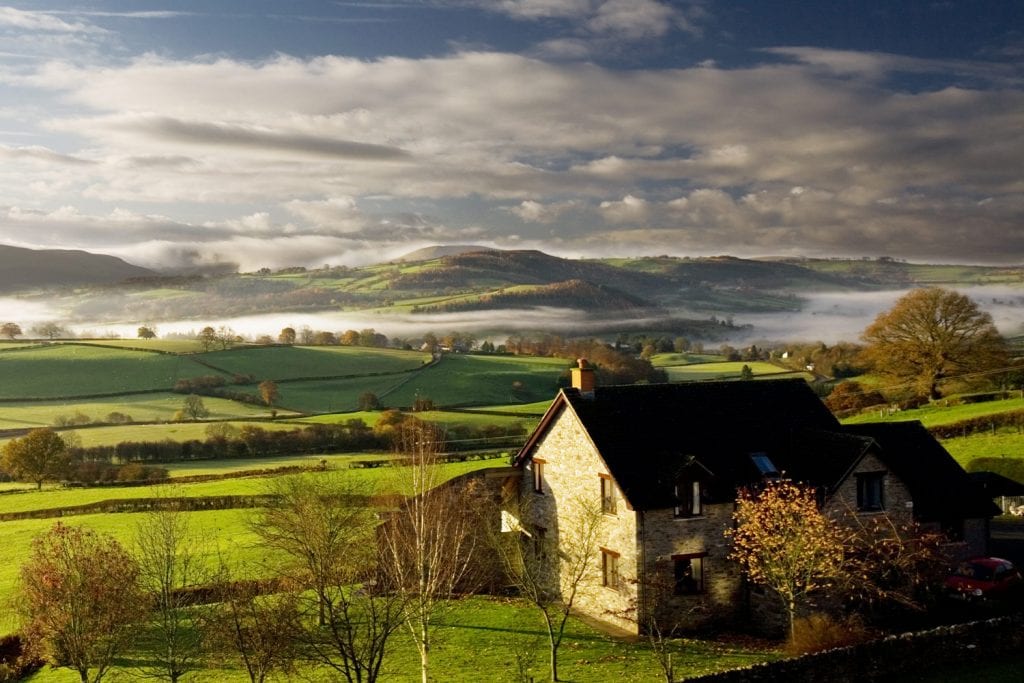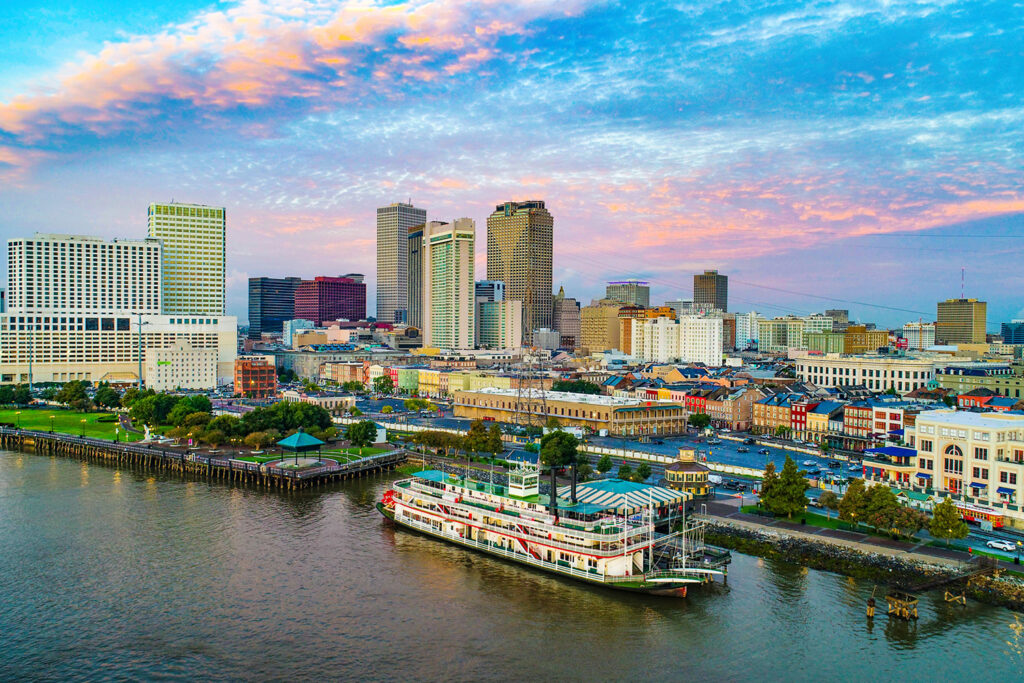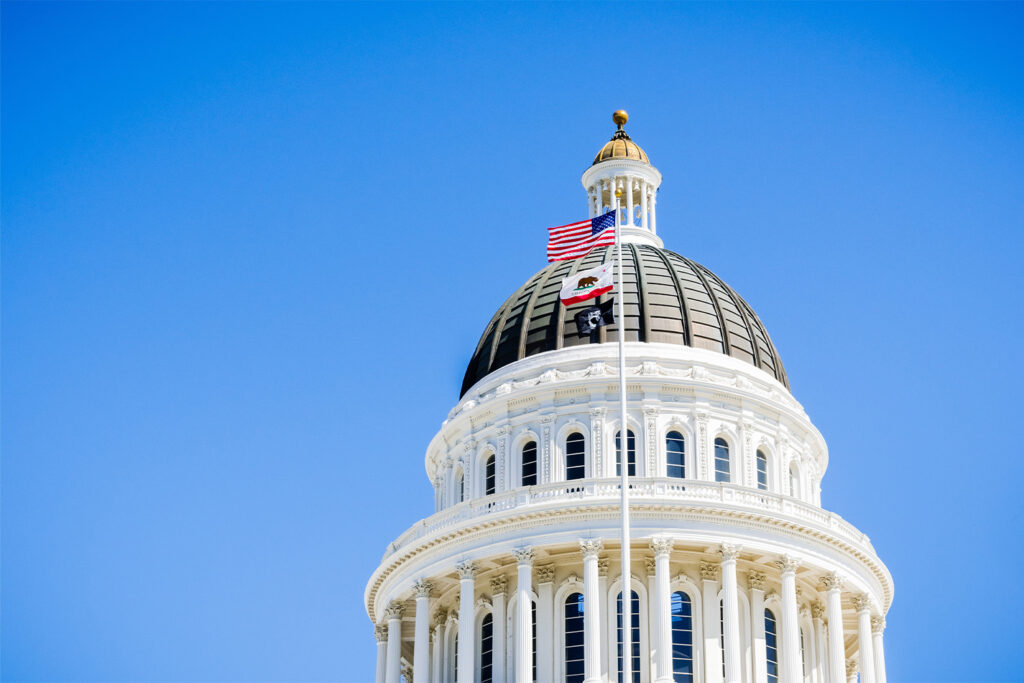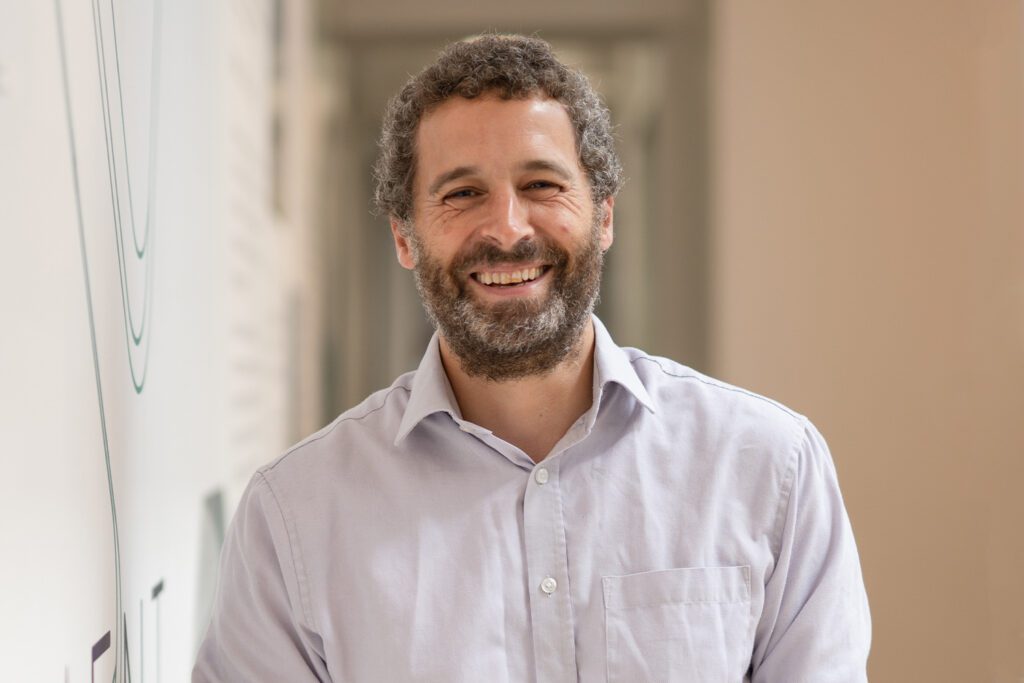Food resilience: adapting our cities to survive another crisis
2020 will be remembered for many things, but for one, as the year when some of the world’s richest societies were suddenly faced with empty supermarket shelves.
Despite food not actually being in shortage, why did so many of us struggle to find basic supplies? More importantly, what would the situation have been like if food was not accessible at all?
When I decided to focus my C:lab* research on the topic of food resilience, I was challenged on its relevance to the built environment. It was considered a subject which our industry would have little interest in responding to. However, having spent the last few weeks without rice, pasta and flour, are we ready to think differently?
It’s no secret that science has been predicting disruptions like this for years. New legislation, trade embargoes and disease outbreaks – like the one we’re currently experiencing – can all impact the food supply chain. And, of course, climate change is already (and will even more so in the future) causing droughts and extreme weather, resulting in more frequent crop failures.
Future challenges will present themselves in different ways and scales, requiring a flexible response – and I believe that, through smarter planning of our cities, we have a crucial part to play in developing that response.
I’m one of the lucky ones, with relatively good levels of personal resilience. As the city hipster that I am, I grow herbs and vegetables at home – not much, but enough to last a few days. My job enables me to work flexibly so I’ve been able to visit supermarkets at quieter times to avoid the queues and my salary allows me to put a little to one side for a rainy day. But others are not so lucky.
With 27% of Londoners living in poverty, the impact of food shortages on the city has been very real. Voluntary Services Lewisham has increased its food parcel delivery by 100 times since the start of the Coronavirus crisis.
For people living in apartments with poor daylight and limited outdoor space, growing their own vegetables isn’t an option. For vulnerable or time-limited people, getting access to food has been challenging whether that’s due to lack of funds or inability to visit supermarkets.
Alongside that immediate impact of lack of accessibility, the negative environmental impact related to food transport is costing taxpayers millions each year while food accounts for between a fifth and a quarter of our overall annual carbon footprint. Without technical interventions, it might be more feasible to grow fruit and vegetables in warmer climates, but the transportation adds an extra link into the food resilience chain that creates vulnerability.
By considering how spaces within our cities can be used to strengthen local food supply chains, we can improve our resilience.
Parks, outdoor amenities and open spaces could be better utilised to support localised food production or city farm initiatives. Re-thinking storage facilities could shorten transportation routes. Through clever energy solutions, waste heat from buildings could be used to create roof-top growing facilities. Vegetables could be grown on school facades, which is also in line with the new London Plan. Apartment blocks could have green balconies. The opportunities are endless – if we open our minds to them.

With estimates that 68% of the world’s population will live in cities by 2050, adaptations to our built environment to withstand shocks and stresses really cannot wait. So, let’s have a conversation about how we at Buro Happold can help you with a range of strategies and tools, including repurposing stranded assets for food production, creating purposeful meanwhile uses on building sites and utilising green spaces to relieve the stress on our drainage systems.
Let’s talk about food resilience in our projects as we all strive for a better built environment. Our current experience is the best evidence as to why food resilience is highly relevant in times of crises – and how we simply can’t risk the effects of not doing things differently.
*Urban C:lab is a programme within Buro Happold focused on exploring emergent disruption in the built environment. A collaborative endeavour, C:lab works with clients, designers, academia, think tanks and institutions.
